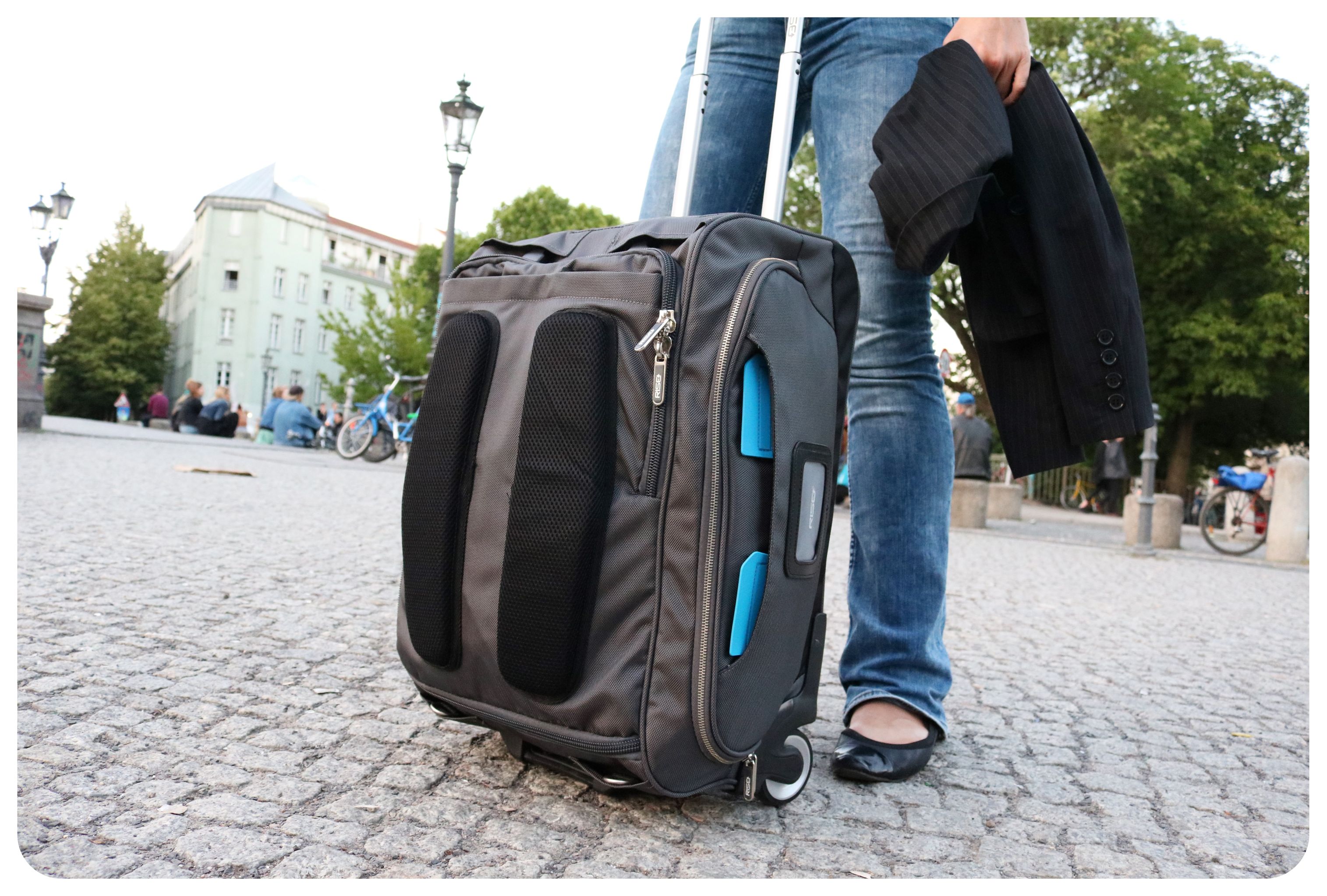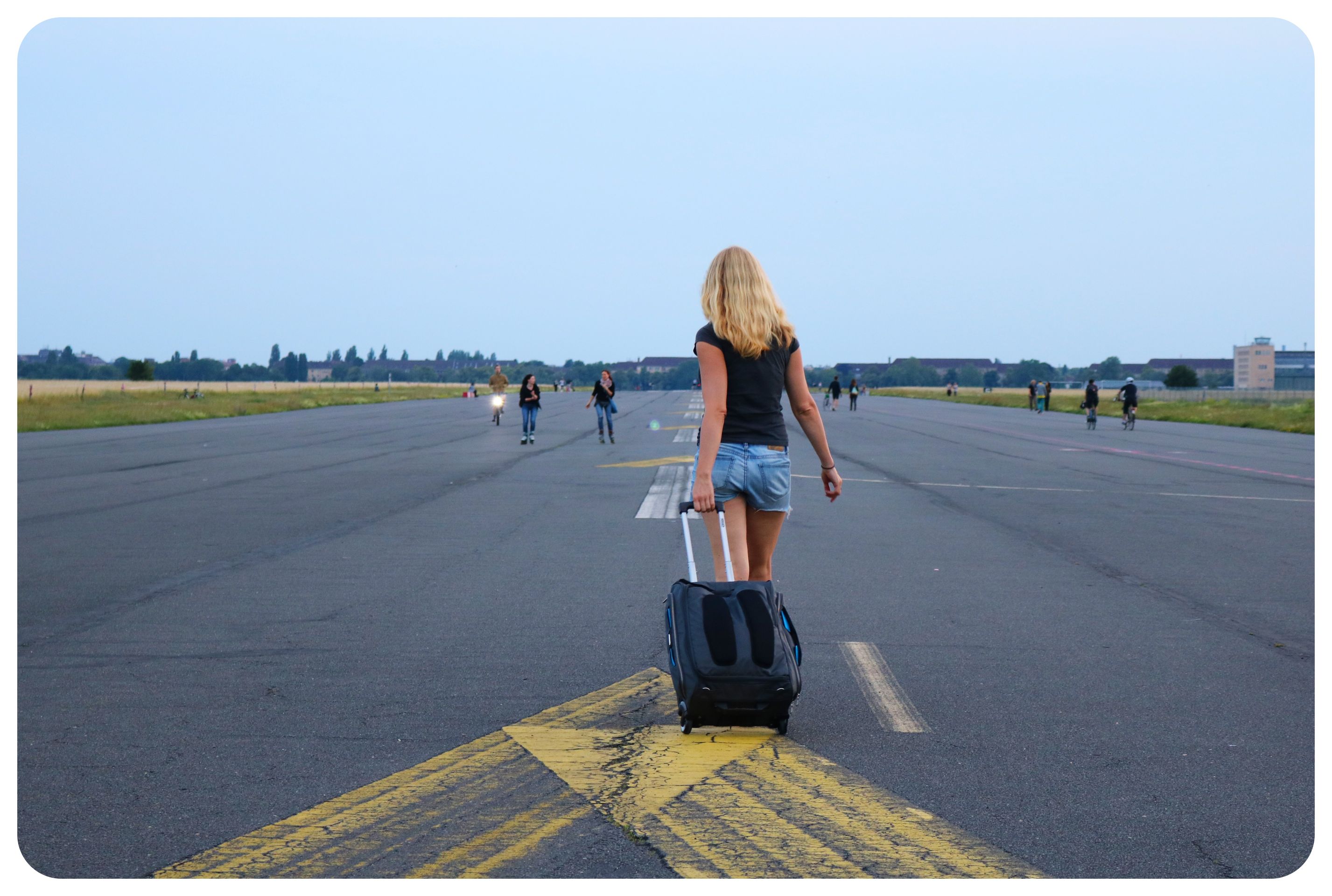Last Updated on January 25, 2024
Carrying the right luggage can make or break your travel experience. Understanding the intricate carry-on luggage requirements for different continents is crucial for a hassle-free journey. Let’s guide you on what you need to know before you pack your bags.
Carry-on luggage regulations vary not only by continent but also by the airline, with some universal dimensions but differing weight limits. While dimensions are relatively standard, weight restrictions can significantly vary, and they are strictly enforced by most airlines.
Carry-On Luggage Requirements by Continent
Here are the luggage requirements by continent:
Asia
 In Asia, the standard carry-on luggage allowance generally ranges between 7 to 10 kg. For example, Scoot’s standard Fly offers a maximum 10 kg limit of up to two bags. Most airlines adhere to the dimensions of 22 x 14 x 9 inches.
In Asia, the standard carry-on luggage allowance generally ranges between 7 to 10 kg. For example, Scoot’s standard Fly offers a maximum 10 kg limit of up to two bags. Most airlines adhere to the dimensions of 22 x 14 x 9 inches.
However, travelers should note that low-cost carriers might have stricter limits. In some, additional items like laptops or handbags could be counted separately.
For those journeying through multiple Asian countries, it’s advisable to pack light to accommodate the varying domestic flight restrictions.
Africa
For light aircraft flights in East Africa, specifically in countries like Kenya, Tanzania, Uganda, and Rwanda, the luggage weight limit is set at 15 kg. This limit includes both your main bag and any hand luggage. The dimensions for each piece should be 30 cm in x 30 cm x 70 cm.
In the case of light aircraft flights across Southern Africa, the weight allowance varies from 15 kg to 20 kg, depending on your specific destination within these countries. Confirm the exact allowance, as this limit includes your main bag and hand luggage. The size requirements remain the same for East Africa.
For both regions, your main bag is entirely soft-sided. This flexibility is necessary to fit into the small cargo holds of light aircraft. Rigid bags with wheels or hard suitcases are unsuitable as they cannot be accommodated in the compartments of these light aircraft.
North America
In North America, the average weight allowance for carry-on luggage is between 10-12 kg, with the size typically consistent with the international standard of 22 x 14 x 9 inches. While most airlines permit a personal item besides your carry-on, budget airlines might impose extra charges. Despite the relatively lenient weight policies, travelers should remain vigilant about the size restrictions.
South America
Carry-on luggage in South America usually adheres to an 8 to 10 kg weight limit, with dimension standards. Travelers should know that domestic airlines within South America might have more restrictive policies. Check specific requirements with the airline, particularly for intra-continental flights.
Antarctica
Antarctica has unique luggage requirements, determined mainly by the policies of gateway countries like Argentina or Chile and specific expedition guidelines. Due to the extreme climate and environmental sensitivity, specialized equipment and clothing are necessary.
Your total luggage, including carry-on items, should not exceed 20 kg for air cruises to Antarctica. Contact their tour operator for particular luggage advice tailored to Antarctic conditions.
Europe
In Europe, the carry-on luggage typically must fit within the standard dimensions, with a weight range of 8 to 12 kg. Travelers should be particularly cautious with budget airlines, which enforce strict policies and may impose significant fees for excess luggage.
For those with extra belongings, consider options like luggage storage in Copenhagen. European airlines are known for strictly enforcing carry-on policies, so utilizing luggage storage services can help you manage your belongings efficiently.
Australia
The typical carry-on allowance in Australia aligns with the international standard, usually falling between seven and 10 kg. However, domestic flights within Australia may have stricter weight limits. Travelers should pack lighter when planning domestic travel within Australia to avoid extra charges.
Additional Tips for a Smooth Travel Experience
For hassle-free travel, consider the following tips:
Check airline websites
Before packing, check the airline’s website for the most up-to-date carry-on luggage requirements. Airlines often update their policies, so relying on past experiences or general guidelines can be misleading. Each airline has its own set of rules that can vary significantly, especially regarding weight limits and additional items. This step is crucial to avoid any inconveniences or extra fees at the airport.
Consider multi-destination trips
When planning a trip spanning multiple continents, it’s wise to pack according to the strictest carry-on regulations. This approach ensures you remain compliant across different airlines and countries.
Remember that the strictest limit might not necessarily be about weight or size. Sometimes, it’s about the type of items you can carry. Adhering to the most restrictive policy can save you from repacking or incurring extra charges during your journey.
Invest in luggage scales
Investing in a portable luggage scale is a smart move for frequent travelers. It allows you to check the weight of your carry-on luggage from the comfort of your home or hotel, helping you avoid overweight fees at the airport. Knowing your luggage’s weight in advance can provide peace of mind and a smoother check-in process.
Travel Light and Stay Flexible
 Travelers should always be prepared for last-minute changes in luggage policies. These changes can occur for various reasons, including heightened security measures or during peak travel seasons when airlines are stricter with luggage allowances.
Travelers should always be prepared for last-minute changes in luggage policies. These changes can occur for various reasons, including heightened security measures or during peak travel seasons when airlines are stricter with luggage allowances.
Staying informed about potential changes through the airline’s communication channels or regularly checking their website is critical. Being flexible and ready to adapt to these changes can make your travel experience much less stressful.





